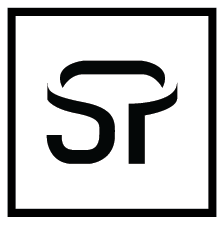Graphic Terms
A Bézier curve (/ˈbɛz.i.eɪ/ BEH-zee-ay) is a parametric curve used in computer graphics and related fields. A set of discrete "control points" defines a smooth, continuous curve by means of a formula. Usually the curve is intended to approximate a real-world shape that otherwise has no mathematical representation or whose representation is unknown or too complicated. The Bézier curve is named after French engineer Pierre Bézier (1910–1999), who used it in the 1960s for designing curves for the bodywork of Renault cars.
A bitmap is a type of memory organization or image file format used to store digital images. The term bitmap comes from the computer programming terminology, meaning just a map of bits, a spatially mapped array of bits. Now it commonly refers to the similar concept of a spatially mapped array of pixels. Raster images in general may be referred to as bitmaps, whether synthetic or photographic, in files or memory.
Many other image file formats, such as JPEG, TIFF, PNG, and GIF, also store bitmap images (as opposed to vector graphics), but they are not usually referred to as bitmaps, since they use compressed formats internally. source
In printing, bleed is printing that goes beyond the edge of where the sheet will be trimmed. In other words, the bleed is the area to be trimmed off. The bleed is the part on the side of a document that gives the printer a small amount of space to account for natural movement of the paper during guillotining, and design inconsistencies. Artwork and background colors often extend into the bleed area. After trimming, the bleed ensures that no unprinted edges occur in the final trimmed document. source





